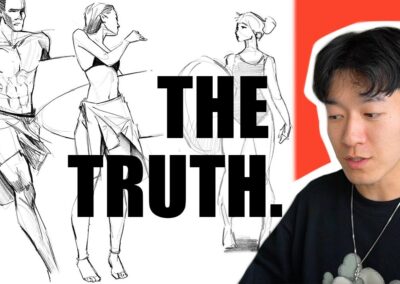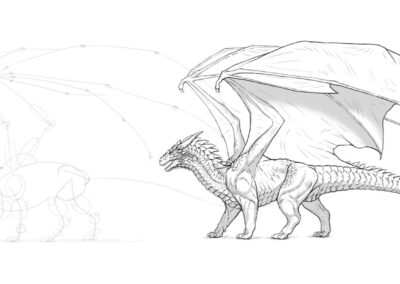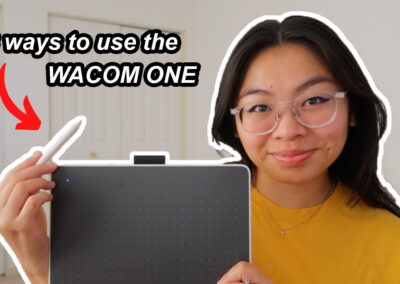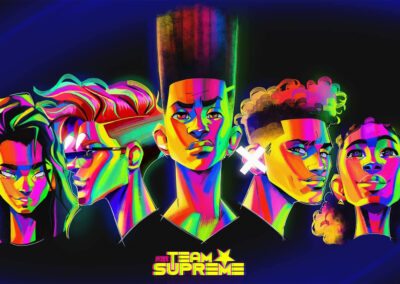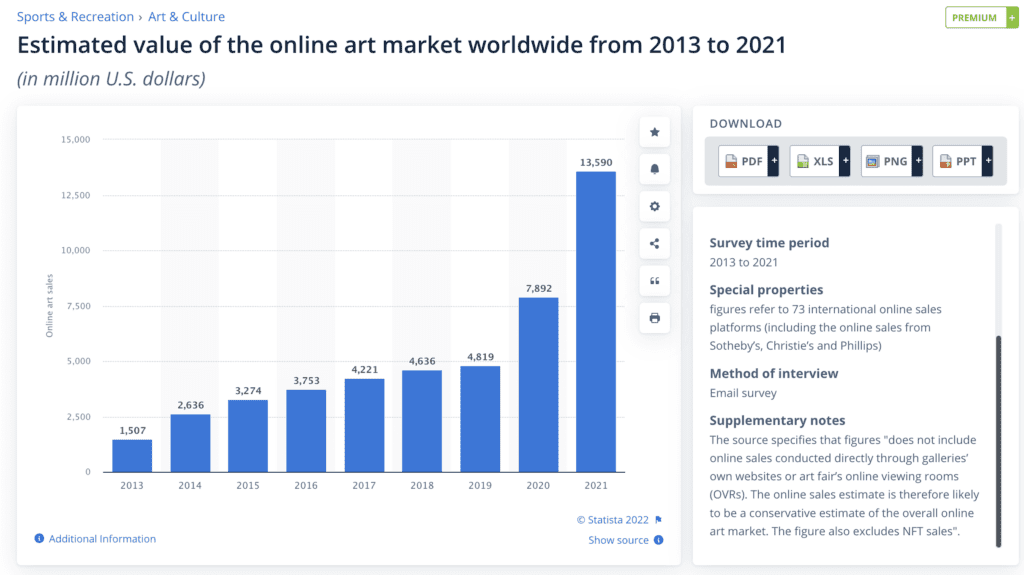 The value of digital art
The online art market has exploded over the past two years. From $4.8 billion in 2019 to nearly $13.6 billion in 2021. That’s a 64.7% growth! The two years before that only yielded a 12.4% increase (2017-2019).
We can attribute a good portion of that to the pandemic. When you’re trapped inside for hours on end, it’s not surprising that you need something visually pleasing to stimulate your senses. But that can’t be the only reason why we see such a huge increase in online art sales.
There is value in art beyond releasing you from visual tedium. These numbers don’t even include things like video games or movies, all of which require a vast team of concept artists, matte painters, visual effects artists, and a variety of creative professionals to bring these visual adventures to life. These experiences influence the rise of all kinds of merchandise to celebrate the adventure you took part in.
The value of digital art
The online art market has exploded over the past two years. From $4.8 billion in 2019 to nearly $13.6 billion in 2021. That’s a 64.7% growth! The two years before that only yielded a 12.4% increase (2017-2019).
We can attribute a good portion of that to the pandemic. When you’re trapped inside for hours on end, it’s not surprising that you need something visually pleasing to stimulate your senses. But that can’t be the only reason why we see such a huge increase in online art sales.
There is value in art beyond releasing you from visual tedium. These numbers don’t even include things like video games or movies, all of which require a vast team of concept artists, matte painters, visual effects artists, and a variety of creative professionals to bring these visual adventures to life. These experiences influence the rise of all kinds of merchandise to celebrate the adventure you took part in.
- When you play Elden Ring, you want a shirt that celebrates that adventure.
- When you watch Moon Knight, you want a figure to add to your Marvel collection.
- When you watch Bad Guys, you want the art book to get a look inside the process.
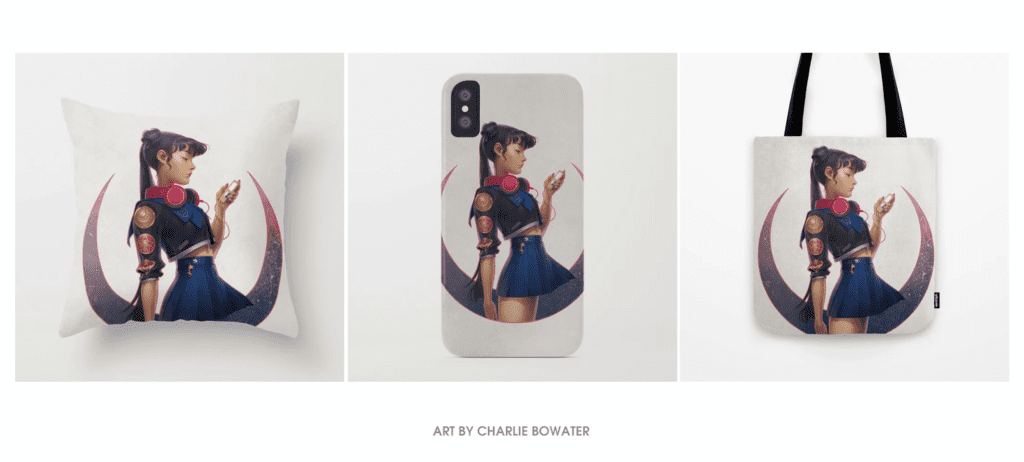 The gift that keeps on giving
Learning to draw well may be a hard journey but it is well worth the investment. There are few careers that give you skills to secure a job and sell services in a myriad of ways. Artists have a wealth of career opportunities, but they can also sell their work in many different forms:
The gift that keeps on giving
Learning to draw well may be a hard journey but it is well worth the investment. There are few careers that give you skills to secure a job and sell services in a myriad of ways. Artists have a wealth of career opportunities, but they can also sell their work in many different forms:
- Books
- Pins
- Posters
- Stickers
- Figures
- Plushies
- Mugs
- Shirts
- Blankets
- Pillows
- Backpacks
About James Joyce




